Table of Contents
Some paper plates are compostable, but other types should be excluded from your compost pile. Clean, uncoated paper plates are fine to compost. They are packed with carbon that can serve as an energy source for microorganisms. A healthy compost pile has a great balance between green and brown ingredients.
Chemically coated and printed paper plates can threaten your composting microorganisms with their toxic chemicals and heavy metals. Most recycling facilities do not offer their services for this paper plate type. However, there are some centers equipped with the technology to separate the inorganic chemicals from the useful paper pulp found in such plates.

Paper plates with food scraps should be considered for other composting alternatives because dairy products, meat, and oil leftovers can cause common composting issues.
Upcycling and recycling are good alternatives when a home compost is unavailable.
Continue below for a comprehensive guide on compostable paper plates.
Types & Sources of Paper Plates for Composting
Paper plates without chemical coatings are safe to compost in minimal amounts. Made from biodegradable materials, compostable plates can provide a good amount of carbon to microorganisms. However, some plates labeled as “compostable” are best for industrial composting because the high temperatures needed to break them down are difficult to maintain in home compost piles.
Bamboo Plates
Bamboo sheaths can be turned into eco-friendly plates! Manufacturers collect the outer layer of bamboo stalks, and boil them until the fibers can be molded into the intended shape. Because bamboo grows fast, they are convenient sources of fibers for numerous uses. Collection of bamboo sheaths does not hurt the bamboo plant because the sheaths are only taken when they are naturally shed.
Sugarcane Plates
Sugarcane plates are composed of bagasse: The dry, pulpy remains of sugarcane after their juice is extracted. Instead of piling them in landfills, sugarcane mills send these residues to manufacturing centers as wet pulps. They are processed to become dry pulp board and then molded into plates.
Palm Leaf Plates
Similar to bamboo sheaths, fallen palm leaves are convertible into eco-friendly plates. When palm trees shed, their leaves are collected, cleaned, and dried until ready for grounding. The resulting pulps are transformed into durable boards that can be reshaped as bowls and plates. Through high temperatures, palm tree leaves become stronger and appear with a wooden look after the manufacturing process.
Plant Fiber Plates
Flax shive and hemp are some organic materials used for compostable dinnerware, including plates. These materials are plant wastes that can be recycled into useful products.
Vegetable Starch Plates
Composition of vegetable starch plates is commonly derived from corn and potatoes, creating the compostable bioplastics polylactic acid. These plates are nontoxic, but hot temperatures (140 degrees Fahrenheit or higher) are needed to decompose them back to biomass and carbon.
How to Compost Paper Plates
Compostable paper plates should be treated as carbon-rich brown materials. Correct preparation and optimal composting conditions should be followed closely to ensure the best compost of these wastes.
Preparing Paper Plates for Composting
Remove any food waste from your compostable paper plates. If your plates are greasy, it’s best to dispose of them elsewhere to avoid problematic pests and unpleasant smells in your pile. Exclude nonbiodegradable utensils from your compostable paper plates. Adding plastic forks or spoons can introduce harmful chemicals to microorganisms, slowing down the decomposition process.
Cut or shred your compostable plates into smaller pieces. The tinier they are, the faster they will break down. Adding whole paper plates to your compost pile or compost bin can hinder proper oxygen flow and cause clumping.
Before throwing them into your compost pile or compost bin, you can sprinkle baking soda to your paper plate pieces. This step will help break down unwanted chemicals (if any) from your compostable plates.
Optimal Composting Conditions for Paper Plates
To ensure proper decomposition, balance your shredded paper plates with nitrogen-rich green materials and other carbon-rich brown materials. Coffee grounds, and fruit and vegetable trimmings are common household green ingredients. Other carbon sources include dead leaves, and untreated sawdust. Layer these compostable items and maintain a carbon to nitrogen ratio of 1:1.
Adequate moisture is necessary to produce a rewarding compost for your garden. When your compost becomes too dry, decomposition slows down. On the contrary, an excessively wet pile can create an anaerobic environment, causing your organic materials to smell. Only add water when needed.
When dealing with compostable paper plates, aim for the hot temperatures of 140 degrees Fahrenheit or higher — which can be challenging in home composts. Temperature checks can be done conveniently using a long-stemmed backyard thermometer. Constantly turning the pile will help aerate the pile with oxygen to sustain these high temperatures.
Bury your small pieces of paper plates deep within the compost pile, ideally at its center where heat is most intense.
Consider these optimal conditions to get a nutritious compost out of paper plates.
How Long Do Paper Plates Take to Compost?
In commercial composting facilities, paper plates break down in 5 to 6 months. The time it takes to decompose in common home composts varies, depending on the paper plate type, composting method, and other environmental conditions.
How Paper Plates Affect the Composting Process
Like other compostable paper products, paper plates supply your compost heap with carbon, supporting the pile’s microbial activity. Compostable paper plates without any chemical coatings are excellent absorbers of excess moisture in watery piles.
Impact on Decomposition
Avoid adding uncut paper plates to your compost heap or compost bin as they can delay the decomposition of your organic wastes. Cut down or shred your compostable paper plates to avoid this negative impact. When prepared right, the carbon from your paper plates can serve as energy sources for composting microorganisms.
Microbial Activity
A balanced mix of green and brown ingredients will yield nutritious compost. Carbon found in compostable paper plates can boost microbial development within your pile. These beneficial microbes break down your organic wastes so attending to their needs is crucial. Avoid coated paper plates. Their special chemicals can disrupt the pile’s microbial activity.
Temperature and Moisture
Shredded paper plates create air pockets that oxygen can seep through to aerate the pile. Oxygen and microbial activity are vital factors to keep the hot temperatures needed in composting paper plates. In hot compost piles, 140 degrees Fahrenheit or higher should be sustained until a compost is produced.
When there’s excess water in your pile, you can add pieces of paper plates. Because of their fibrous and pulpy nature, paper plates absorb moisture well.
Potential Issues With Composting Paper Plates
Correctly prepared compostable paper plates normally do not cause any composting issues. However, paper plates with large quantities of grease or food residue can attract pests and produce foul odors within your pile. Mismanagement of your compost can also stir up these common composting issues.
Will Composting Paper Plates Attract Pests?
Clean paper plates shouldn’t attract pests in a well-managed pile. Most composters discard used paper plates with grease and food residue to prevent hungry pests from going through their compost pile or compost bin.
If you still want to compost dirty paper plates, make sure to put them deep within the pile and turn your compost regularly.
Will Composting Paper Plates Cause Odors?
Clean paper plates do not cause odors. Unpleasant smells can be a result from anaerobic decomposition brought about by a poorly aerated and watery pile. To avoid this issue, aim for the optimal composting conditions and turn the pile regularly.
Avoid dirty paper plates that may contribute to odors from food waste and oil.
Methods for Composting Paper Plates
Not all composting methods are suitable for paper plates. Explore your options below.
Hot Composting
Although challenging, a hot compost heap of 140 degrees Fahrenheit (or higher) can convert compostable paper plates into healthy compost. Constant turning for aeration and temperature checks are needed to maintain these scorching temperatures.
Paper plates are excellent sources of carbon, providing energy for composting microbes. The heat produced by the pile’s microbial activity “cooks” your organic matter. A backyard tool like a long-stemmed thermometer will be useful for a hot compost pile.
Cold Composting
Unfortunately, cold composting does not have the temperatures needed to process compostable paper plates into a nutritious soil additive.
Vermicomposting
When added to other bedding ingredients like untreated wood chips, compostable paper plates are ideal for worm bedding. Simply shred your clean, uncoated paper plates to accelerate their decomposition. Dirty paper plates with food residues like crumbs, dairy, or oils are safe to vermicompost in small quantities. However, adding huge volumes of dirty paper plates can trigger your worm bin to smell. The rotting, unpleasant odor is irritating to your worms as it is to you.
Avoid coated paper plates because they can harm your community of worms.
Bokashi Composting
The microbes originating from the Bokashi inoculant bran primarily feed on carbohydrates and sugar. Nonfood waste items such as paper plates are not recommended for Bokashi composting. Although these paper products wouldn’t harm your composting microbes, they will remain unchanged in your Bokashi container and take time to fully decompose when applied to your garden soil.
To improve the quality of your Bokashi compost, it’s best to leave out these common party wastes.
Alternatives to Composting Paper Plates
If a home compost is unavailable, consider the sustainable options below. Ideally, the landfill should be the last place your compostable paper plates end up.
Industrial Composting of Paper Plates
Industrial composting facilities have the high temperatures needed to process compostable paper plates. They offer curbside pick-up and drop-off options for such party waste. Contact your nearest facility to learn more.
Recycling Paper Plates
Clean, uncoated paper plates are recyclable, just like other paper products.
Paper plates contaminated with dairy, meat, or oils are usually not recyclable. Recycling facilities are not equipped to separate food scraps from the paper fibers. Oil, for instance, prevents the water used by these facilities from being absorbed by the pulps.
Paper plates coated with other synthetic materials like foil, plastic, or wax are not recyclable either. Such coatings are difficult to remove from the paper fibers. However, some localities accept this type of paper plates. Technological advancements in the recycling process have enabled some centers to sift out inorganic chemicals.
You can contact your respective state agency for waste management concerns or recycling inquiries.
Upcycling Paper Plates
Clean paper plates, and those with synthetic or plastic coatings have huge upcycle and reuse value.
Craft projects for home or school can be made with unused paper plates. From cute wrap up cookies to customized frisbees, Good Housekeeping’s 8 inventive craft ideas for your disposable paper plates will surprise you.
Consider reusing coated paper plates after your dinner or party. Simply wash them with soap and water, make sure no grease remains, dry, and store them until your next event.
Due to the durability of the plates, giving them a second chance will depend on your creativity.
Disposal Options for Paper Plates
If none of the options are feasible, paper plates should be segregated and disposed of in a proper garbage bin.
What Paper Plates Shouldn’t Be Composted?
Exclude plastic-coated paper plates from your compost pile. Due to their inorganic chemical composition, these paper plate types can harm your community of microbes, resulting in a failed compost or slow composting. Applying the resulting compost to your garden beds contaminates your soil and water with microplastics.
Some compostable paper plates undergo bleaching treatments to remove the natural brown color of paper pulps. In small quantities, bleached paper plates are compostable, but may contaminate your pile with small amounts of chlorine. If you want to keep your pile entirely organic, avoid white paper plates.
Exclude chemically coated paper plates with foil or wax from your compost pile. Although companies use more eco-friendly dyes and inks nowadays, adding colorful paper plates can introduce traces of these chemicals to your compost.
Safety and Precautions With Composting Paper Plates
To prevent composting issues, aim for the ideal composting conditions and identify if your paper plate scraps are compostable. Prepare your paper plates correctly and avoid coated or heavily printed paper plates.
After your composting activity, wash your hands over running water with soap.
FAQ
What should I do with my dirty coated paper plates?
Coated paper plates are more resistant to moisture. You can wash used, coated paper plates, dry them, and reuse for another party or event. However, if you feel uncomfortable reusing them, dirty coated paper plates should be disposed of in an appropriate garbage bin.
Can I add my paper plates all at once?
Throwing in heaps of shredded compostable paper plates can throw off the balance between carbon and nitrogen in your pile. Gradually add small amounts of your compostable paper plates after shredding or cutting. Regular turning will help spread the heat of the compost pile among your organic ingredients, and aerate them. When composting paper plates, aim for the carbon to nitrogen 1:1 ratio.
Can I compost paper plates with colored prints?
Paper plates heavily colored with prints are not recommended for composting. Toxic inks and dyes can introduce heavy metals into your compost that microbes may not find beneficial. Although most manufacturers nowadays use more eco-friendly inks and dyes, most colored paper plates have inorganic coating, which is not ideal for composting.




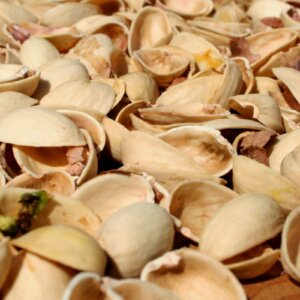

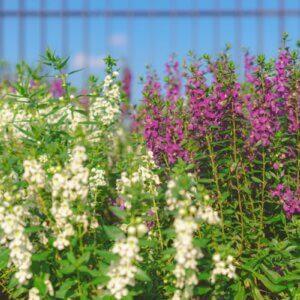
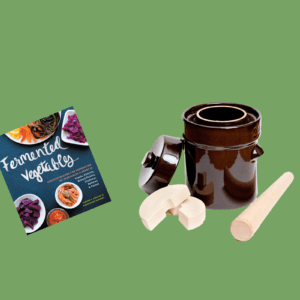

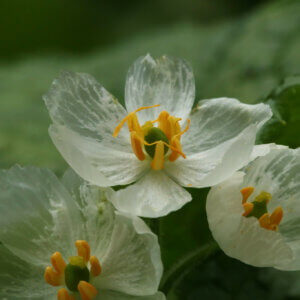

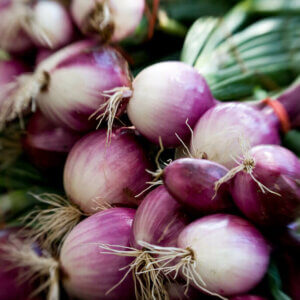

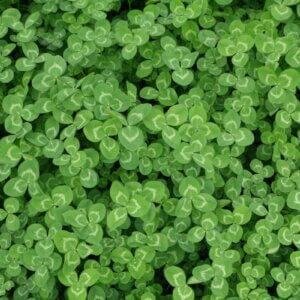


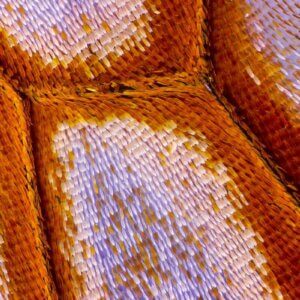
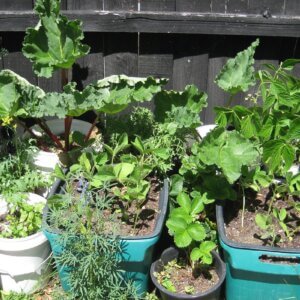
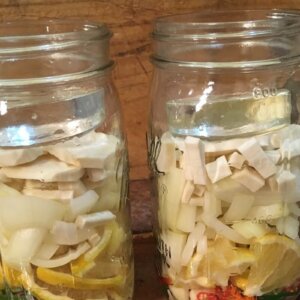
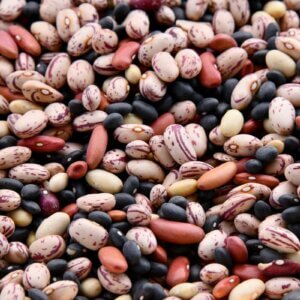
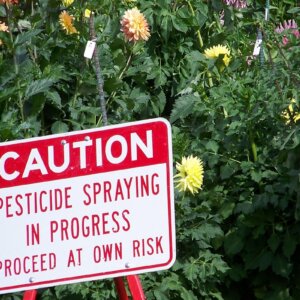
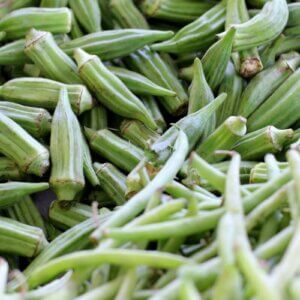
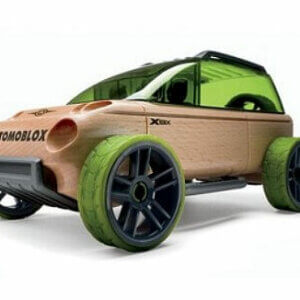
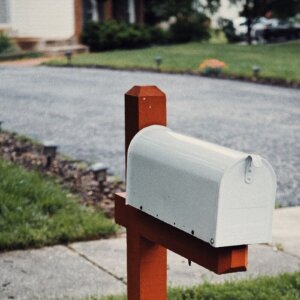
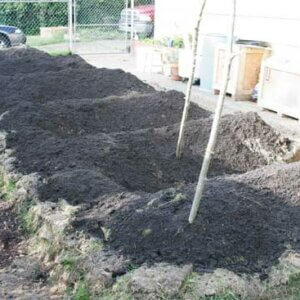

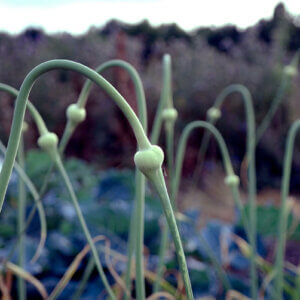
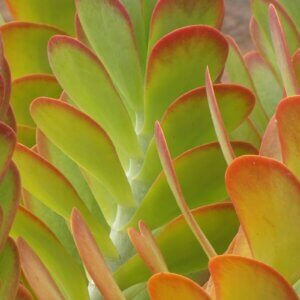
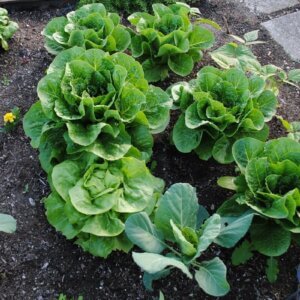

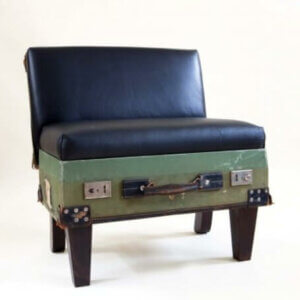
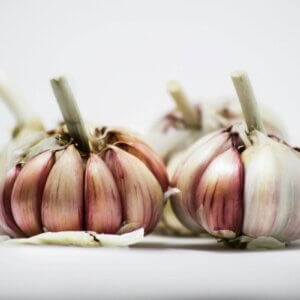
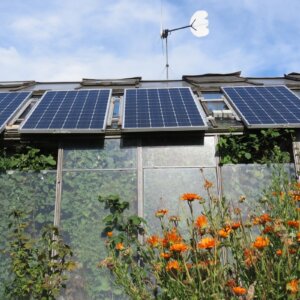
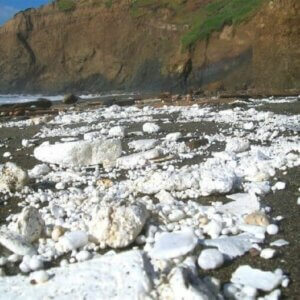

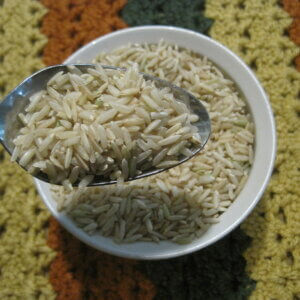
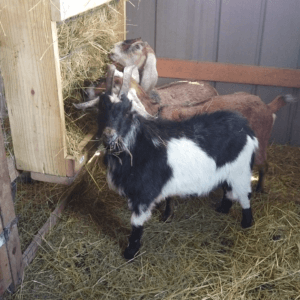


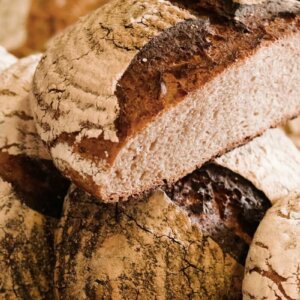
Thank you.